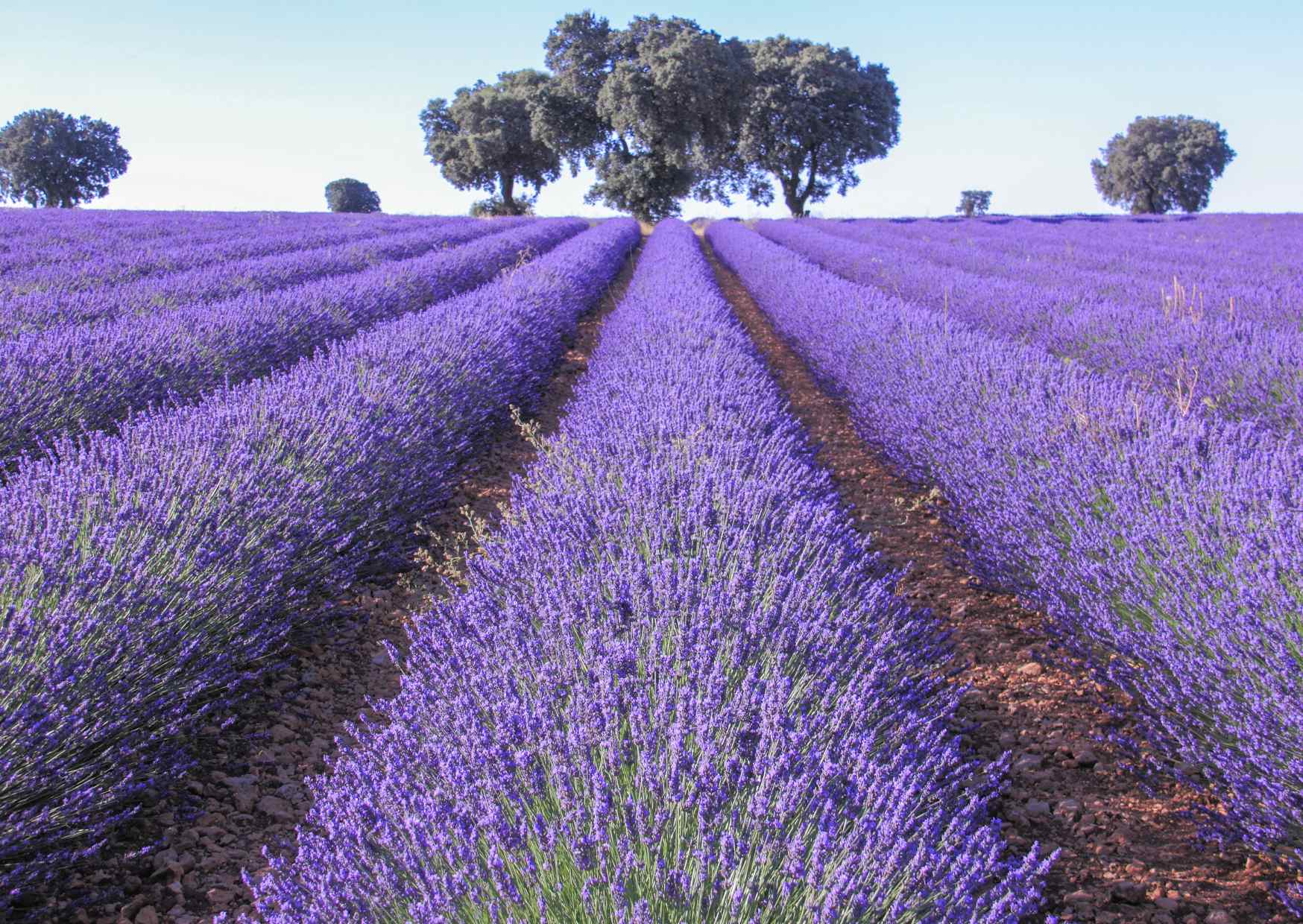There is so much terminology that relates to essential oils, and it can be difficult to find decent definitions. So for that, we decided to create a definitive Essential Oil Glossary to help clear up any confusion. You’ll also find links to more in-depth explanations and product examples. This is your one-stop-shop to learn what it means when we use words like, “Chemotype” and, “Estrogenic”. Enjoy!
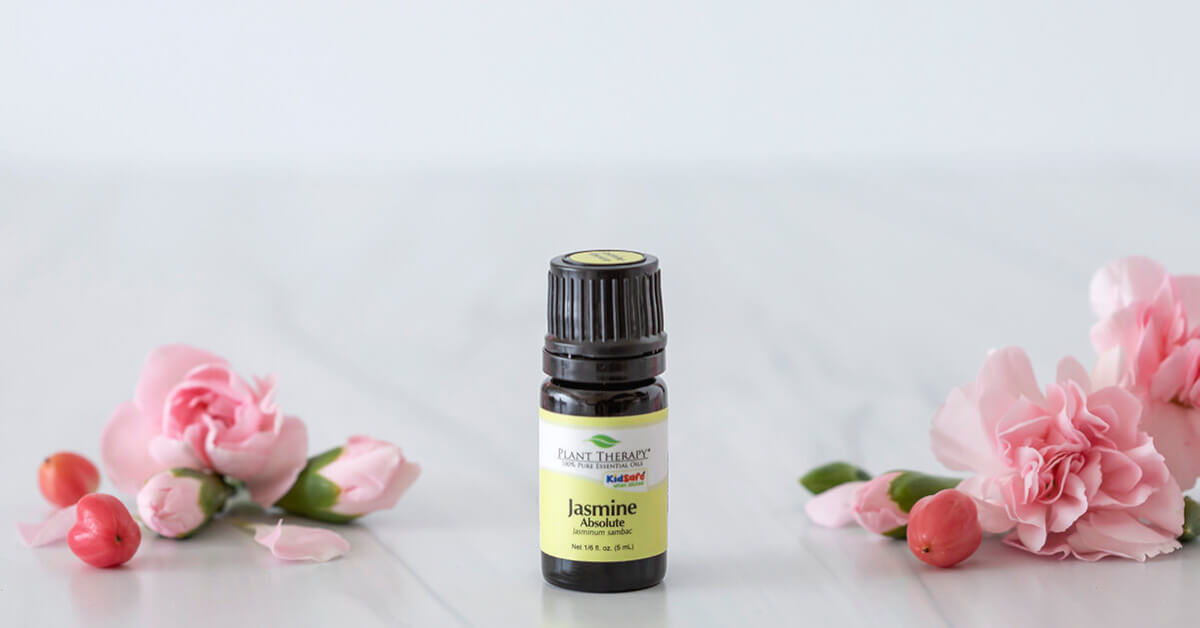
Absolute
Absolutes are similar to essential oils but are more costly to produce and create oils whose fragrances are closer to that of the original plant. To create an absolute, we use a solvent like alcohol to extract the beneficial oil instead of steam distillation. This method is for delicate plant material that’s difficult to distill. A couple of absolutely fantastic examples of absolutes are Rose and Jasmine.
Aromatherapy
Originating in the ancient societies of Egypt, China, and India, aromatherapy has been practiced for thousands of years. Also known as essential oil therapy, it’s a holistic approach to promoting health and well-being. This is the practice that uses aromatic essential oils to improve the body, mind, and spirit. It’s kind of our thing.
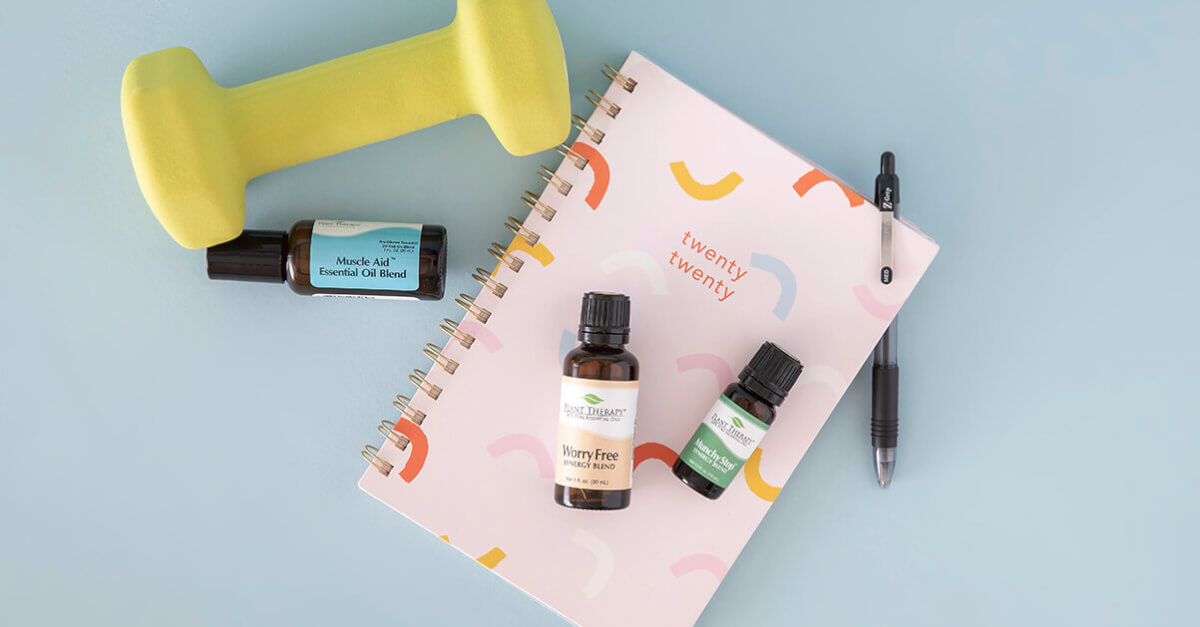
Blend
A blend, or synergy, is simply a mixture of essential oils, carefully crafted by our aromatherapists to use in a diffuser or diluted in a carrier and applied to your skin.
Botanical name
This can also be referred to as the “scientific name”. A botanical name is written in Latin and identifies the genus and the specific species of a plant. The first word is the genus, that is, the larger group the plant belongs to, and the second word is the species. The botanical name for Bergamot, for instance, is Citrus bergamia.
Carcinogenic
When not diluted properly, essential oils have the potential to be dangerous. They can have what’s called “systemic toxicity” leading to cytotoxicity, hepatotoxicity, neurotoxicity, and carcinogenicity. Some essential oils have naturally occurring chemical constituents that, when used or taken in large doses, have the potential to cause or induce cancer. Some of these constituents include safrole, methyl chavicol, and methyl eugenol. This is one of many reasons why proper dilutions are important when using essential oils.
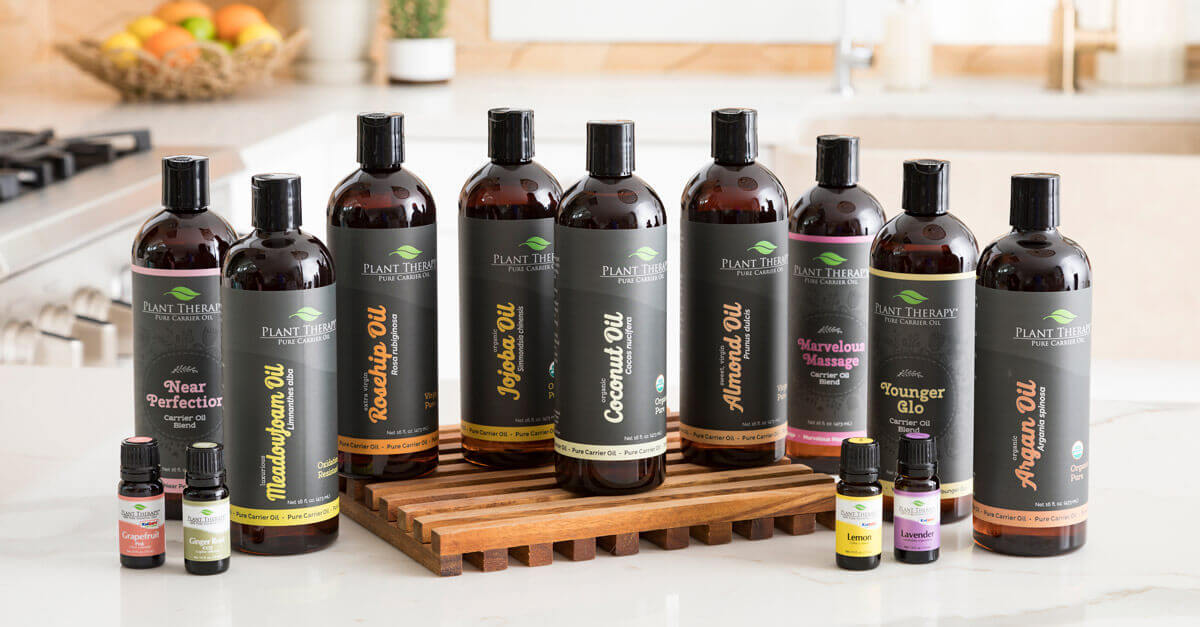
Carrier Oil
Essential oils aren’t supposed to be applied directly to the skin undiluted because they can cause rashes, burns, and more dangerous side-effects. That’s why carrier oils are so important — they carry the oils safely so that you can use them topically. A carrier oil is derived from the fatty portion of a plant, usually from seeds, nuts, or kernels. Each one has its own therapeutic properties that can enhance the benefits of the essential oils that you dilute in them.
Chemotype
A chemotype is a way of saying that the same plant can have different types of chemicals. Most essential oils don’t have different chemotypes, but when they do, it’s important to note because the chemotype determines their therapeutic properties. These variations usually occur when the same plant is grown in different environments. Thyme, for instance, has six chemotypes that have different effects on the body and mind. We currently sell two variations: Thyme Thymol, and Thyme Linalool. “Thymol” and “Linalool” are their chemotypes.
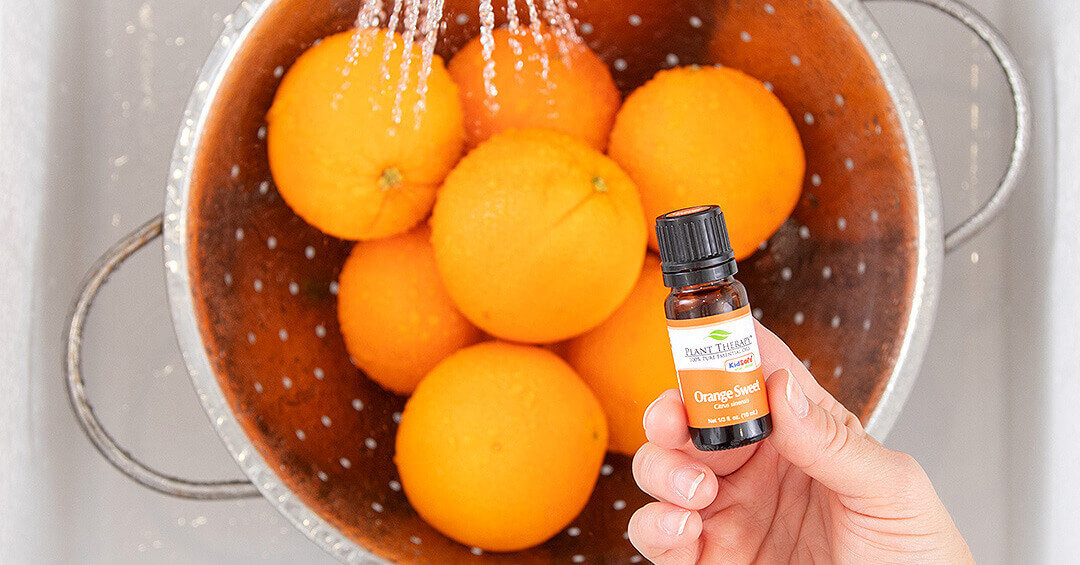
Cold-pressed
Also known as “expression” or “mechanical separation,” cold-pressing is a way to extract essential oils without using heat. As the name suggests, the aromatic parts of plants (peels and rinds, for instance) are punctured and pressed without heat to squeeze out the essential oils. Centrifugal forces are used to separate and capture the oils after pressing.
Common Name
Common names are layman’s terms for our essential oils and the plants they are extracted from. It would be difficult to have to say, “Tanacetum annuum” every time we wanted to talk about Blue Tansy. Imagine using Latin names for our DIY videos: “Mix Juniperus communis (Juniper Berry) with Elettaria Cardamomum (Cardamom) and Vetiveria zizanioides (Vetiver) . . .” That doesn’t exactly roll off the tongue, does it?
Constituent
Constituents are individual parts of a whole. Caffeine is a chemical constituent in coffee, for instance. Each essential oil is packed full of diverse constituents that lend different fragrances and therapeutic benefits to the whole. If you’re looking for an oil that can help you relax before bed, for example, you might want one that has a high level of the constituent Linalool (Thyme, Basil, Lavindin, etc. ). Our GC/MS reports show all of the constituents (above 1%) provided by our essential oils.
CO2 Extraction
CO2 extracts are still essential oils, just collected in a different way. This extraction method uses liquid carbon dioxide as a solvent to remove the oil from plant material. Through CO2 extraction, precious oils are collected at a much lower temperature, meaning that less oil (and it’s beneficial properties) are lost in the process. The fragrances of CO2 extracts are more like the scent of the actual plants that the oils are taken from.
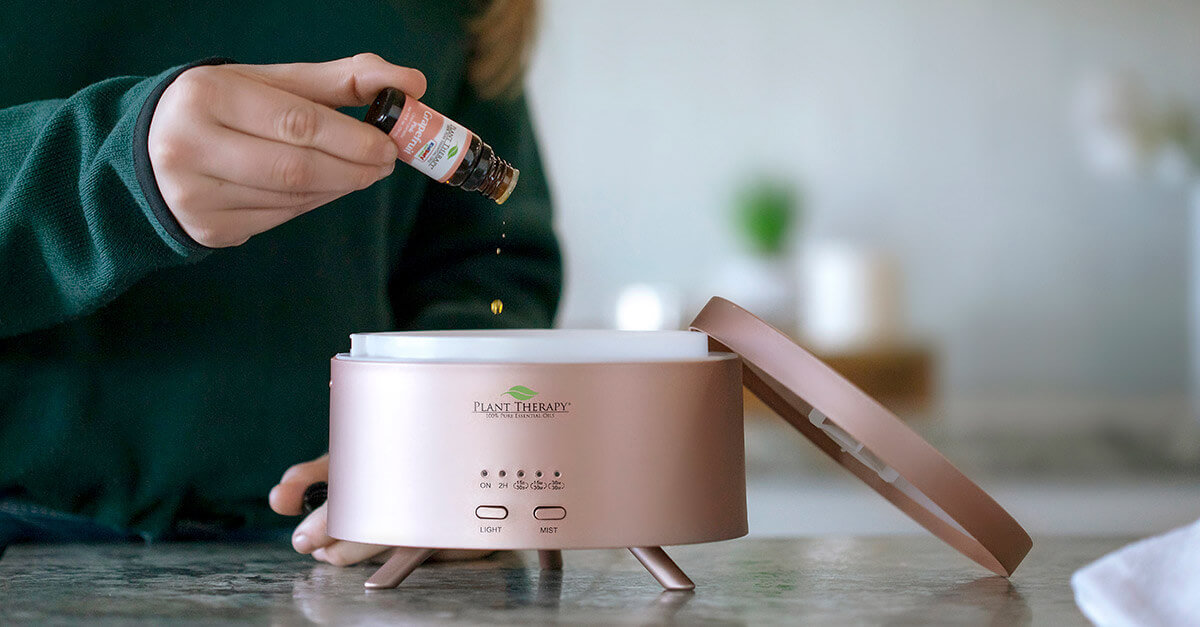
Diffuser
Most diffusers on the market are ultrasonic. It’s a simple technology with a cool name that uses electronic frequencies to vibrate a small disk at the bottom of the diffuser. By vibrating, the disk produces a fine mist that makes your essential oils airborne so that you can fill any space with their fragrances and benefits.
Dilution
A dilution of 1% would mean that out of every 100 drops in a carrier, one drop would be an essential oil. Essential oils are composed of hundreds, if not thousands, of different chemicals that make up the overall oil. It’s these different chemical constituents that give the essential oils their “magic powers”, but also what makes them potentially dangerous. We dilute essential oils because applying them undiluted can lead to adverse reactions.
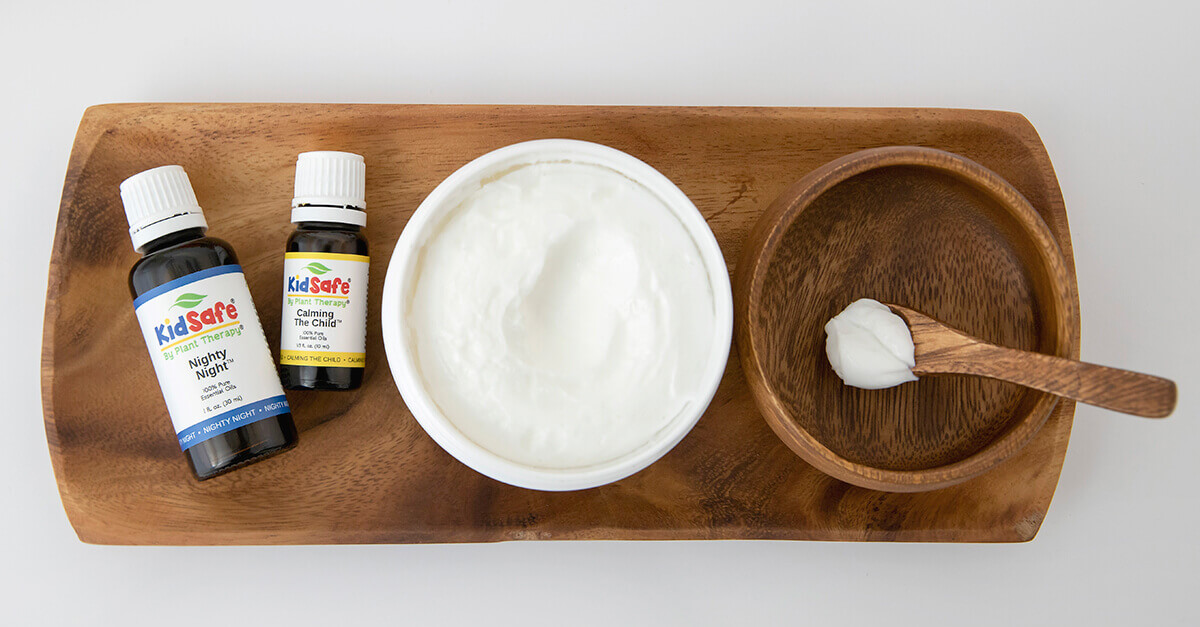
Emulsifier
We all learned in grade school that water and oil don’t mix. So how can you enjoy essential oils in your bath, or in cleaning sprays, and hand soaps? For that, you need an emulsifier. The molecules in an emulsifier have two portions: one is attracted to water and the other is attracted to oil. The end result is that emulsifiers act as a sort of glue between the oil and water molecules keeping them bound together. Otherwise, your oils would just sit on top of the water and never mix.
Essential Oil
Essential oils capture the “essence” of a plant through distillation or mechanical pressing. Essentially, these oils are concentrated extracts that retain, or magnify the fragrance and effect of their source. Oils from different plants or different parts of the same plant can have very different chemical compositions, which changes the smell, absorption, and effect on the body and mind.
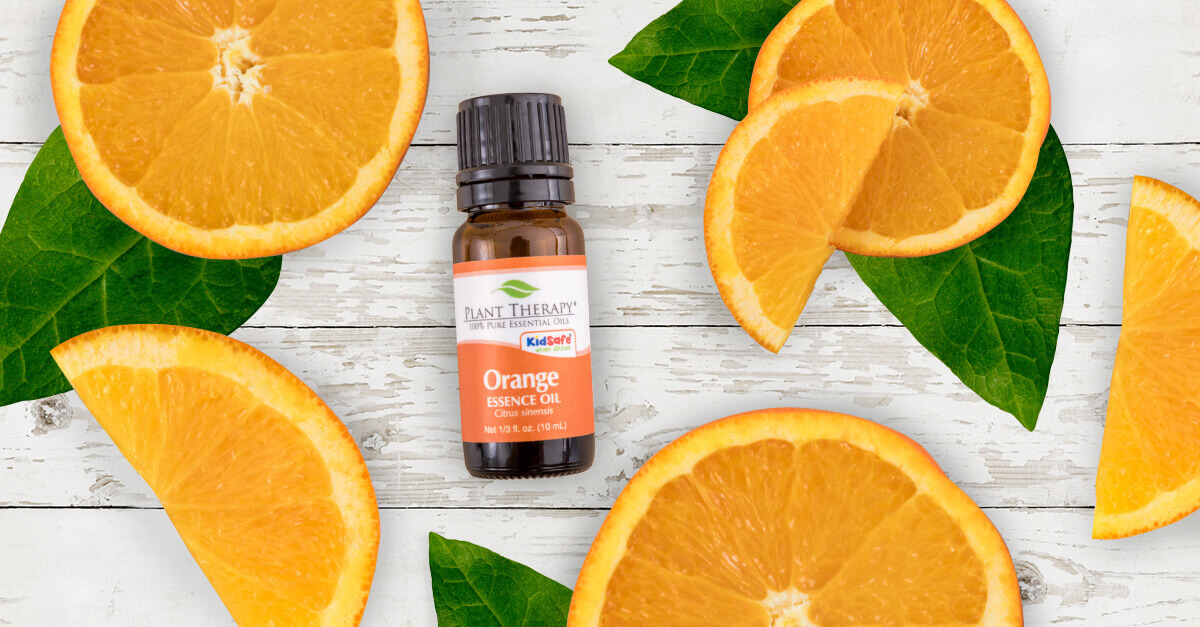
Essence
We pull essences from the pulp or the peel of citrus fruits. During the final phase of juice production, volatile oils float to the top of the concentrate. We collect and distill those oils to create an essence. Their scent is generally more intense than their essential oil cousins.
Estrogenic
GC/MS
The “GC” stands for Gas Chromatography and the “MS” means Mass Spectrometry. Essentially, these two methods of measurement and analysis separate, identify, and quantify the individual constituents in each batch of our essential oils. This process is incredibly important for quality control, as it helps us ensure that our products contain no synthetic substances, contaminants, or adulterants.
Hot Oils
Certain essential oils, like Cinnamon or Oregano, have a warming effect when used topically that is helpful for sore muscles. Because of this, they’re often referred to as “hot oils.” But if they’re not properly diluted, the warming effect can actually cause burning and lead to sensitization or skin irritation. Extra care should be used when using hot oils topically.
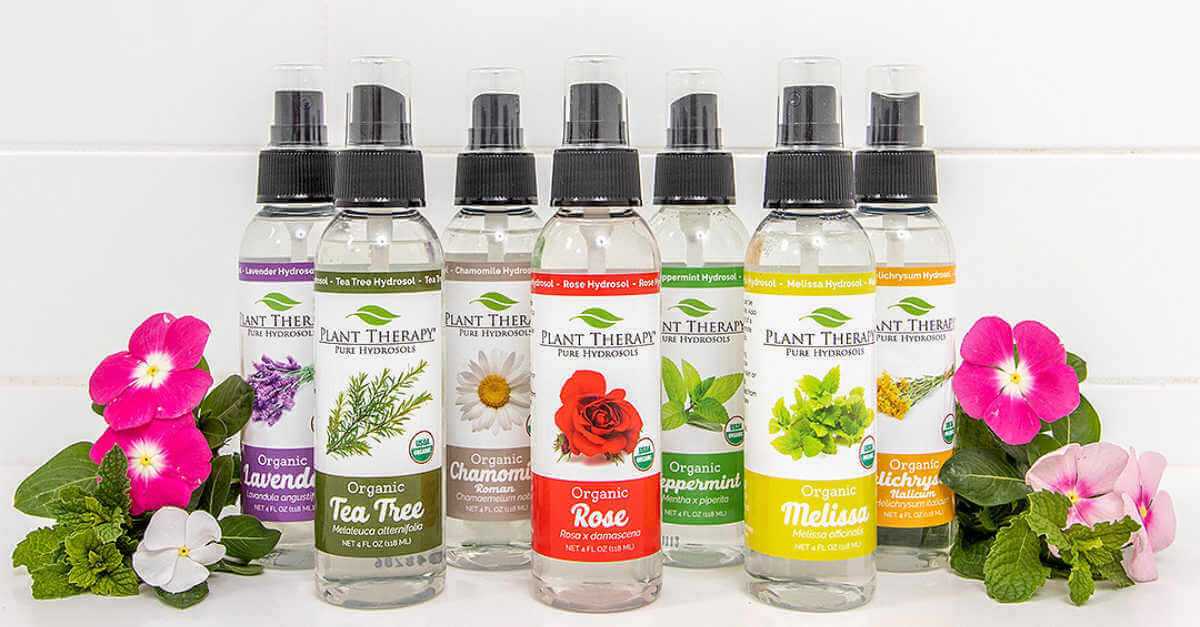
Hydrosol
With steam distillation, steam passes through the plant matter and takes the oils from the plant. The oil-laden steam travels into a condensing tube and the essential oil is siphoned off to leave a gentle, aromatic hydrosol. Plant Therapy currently offers seven different organic hydrosols: Roman Chamomile, Helichrysum, Lavender, Melissa, Peppermint, Rose, and Tea Tree.
Infusion
An infusion is the introduction of a new element or quality into something else. When you add dandelions, herbs, or other plant material to a carrier oil and let it sit for a few weeks, an infusion will be the result (not to be confused with essential oil-carrier oil blends).

Ingestion
When it comes to ingestion (using essential oils internally), Plant Therapy’s policy is to avoid it. Without careful administration and supervision, ingesting essential oils can cause serious damage. Unless you’re directed by a medical doctor who is also a clinical aromatherapist, we don’t recommend using essential oils internally. Examples of ingestion include adding essential oils to beverages or capsules that are intended to be swallowed.
Isolate
We extract isolates from essential oils solely for their aromatic qualities. They are single chemical components, or constituents, that reside within the oils. To capture an isolate, a process called “fractional distillation” repeatedly heats the essential oils to different boiling points and separates the vapors.

KidSafe
Designed for children but effective for all, our first-of-its-kind KidSafe line features essential oil blends and singles that target specific childhood issues. These oils are available as 100% pure and undiluted oils, or in pre-diluted roll-on bottles. As parents ourselves, we wanted to create oils that could help support the immune system, clear congestion, soothe excitable young minds, or help them focus. If you want to share the benefits of essential oils with your little ones, there is simply no comparable product on the market. The KidSafe label means that it’s safe for children ages two and up.
Natural fragrance
If you start looking at the ingredients in perfumes, body sprays, soaps, and cleaning products, you’ll notice the words “fragrance” or “perfume.” This term can really mean a whole cocktail of synthetic ingredients. But with the term “natural fragrance,” you can be sure the ingredients are physically obtained from plants using distillation, expression, or extraction. There is absolutely nothing synthetic about these fragrances.

Neat
Ordering whiskey “neat” means a straight-up glass of nothing but whiskey. So essential oils “neat” means the oils are pure and undiluted. We dilute essential oils because applying them undiluted can lead to painful skin reactions like rashes, burns, immune responses, and more. We don’t recommend going “neat” without medical supervision.
Note
Basically, each essential oil has a note, and that note helps determine how that oil will interact with others. These notes fall into three categories: top, middle, and base. A top note is usually the first thing you’ll notice in a fragrance. They are usually fresh and uplifting and will be the first to evaporate. Middle notes help give body and fullness to a blend. They’re often what holds the blend together and makes it work. Finally, we have the base note. It’s the foundation of your entire blend and will leave a lasting impression.

Oleoresin
Oleoresin is a type of oil like an absolute or CO2 extraction. It’s the method of extraction that makes it an oleoresin. In the simplest terms, we take something like Vanilla Extract and remove the solvent to create a concentrated oil. While we continue to scour the globe for more sources, Plant Therapy currently offers one incredible stand-alone oleoresin: Copaiba.
Olfactory
The olfactory system consists of the nose, nasal passages, and the mucous membranes that create our sense of smell. So the word “olfactory” for our purposes, simply relates to the fragrances and aromas of our essential oils and other products.
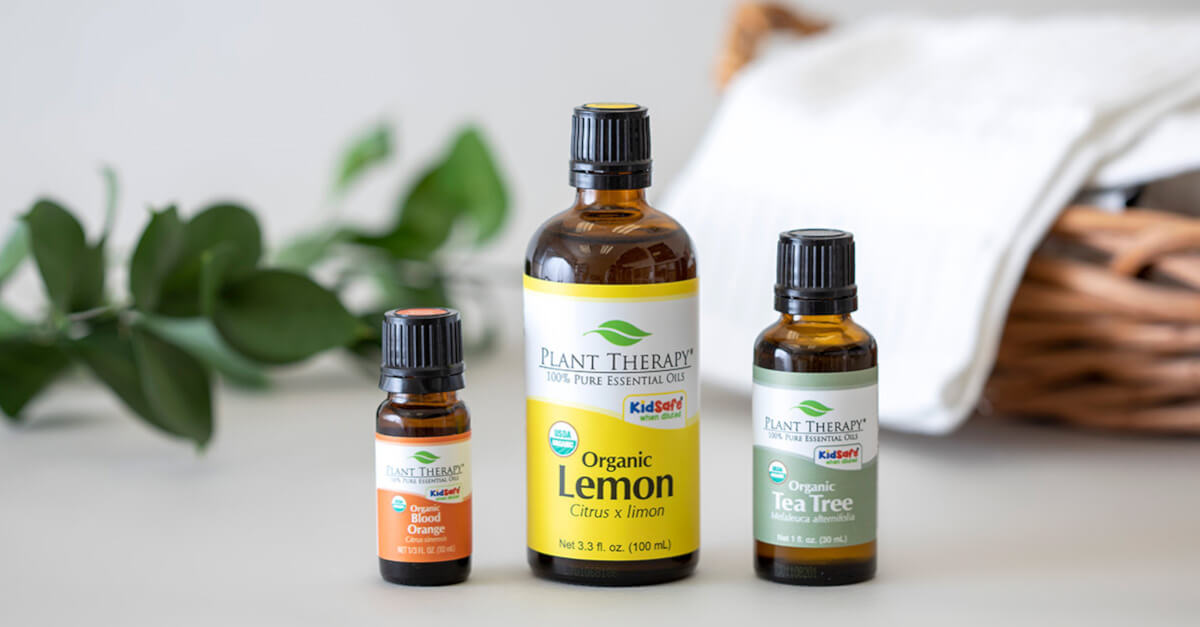
Organic
All of Plant Therapy’s essential oils are 100% pure, additive, and filler-free. So what’s the big deal with the organic label? Each organic product is certified through the strict standards of ECOCERT ICO, and accredited through The National Organic Program (NOP). To qualify, we cannot use any Genetically Modified Organisms (GMOs) when we plant, harvest, or process the oil. Furthermore, the soil where the plants grow must not have been free of prohibited substances for at least three years. No harmful pesticides can be used. Additionally, producing organic products helps preserve biodiversity.
Orifice Reducer
Not the best name, right? Yeah . . . but rest-assured, an orifice reducer is just the device placed in the opening of our essential oil bottles. It reduces the size of the bottle opening (orifice) so that it’s smaller and limits the flow of oil. You’ll also notice that thicker oils, like Vetiver, have a larger reducer to help the drops come out of the bottle a little easier.
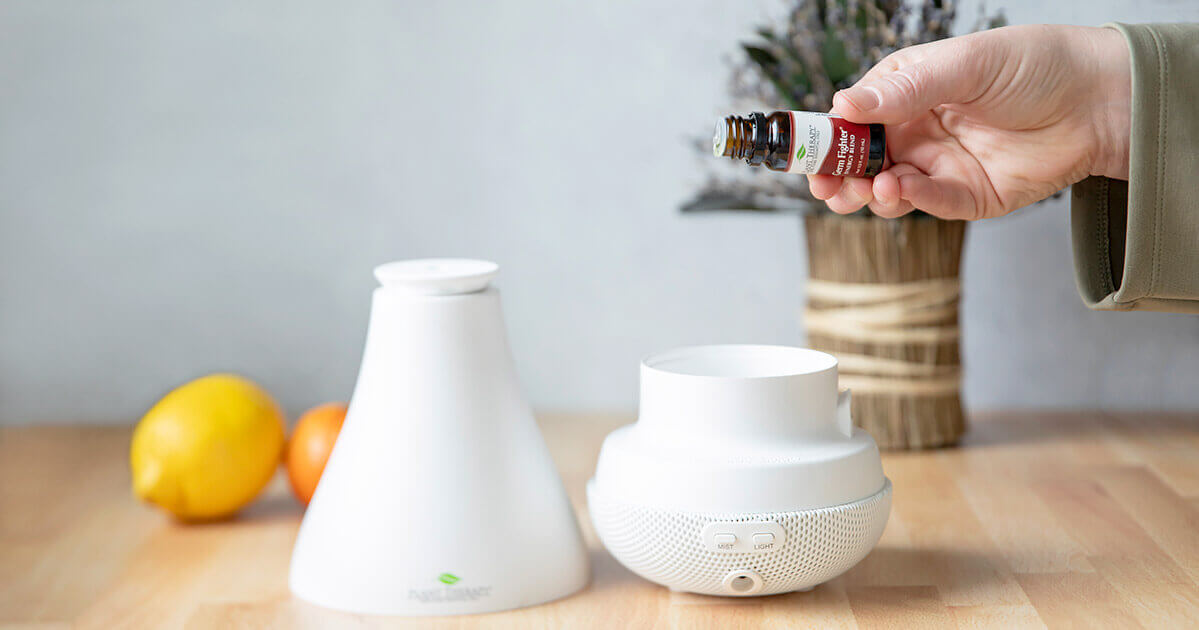
Oxidation
In scientific terms, oxidation occurs when an atom, molecule, or ion begins losing electrons due to a chemical reaction. When an essential oil oxidizes, its smell changes and its color can be altered. If moisture gets into your essential oil bottle, it will accelerate the oxidation process. If an essential oil sits on your shelf for many years, it might become thicker, or even solidify, but this typically takes a long time.
Passive Diffusion
This method of diffusion is the simplest way to enjoy essential oils. Passive diffusion is just a fancy way to say “evaporation.” After you place few drops of essential oil on something like a tissue, the oil will diffuse via evaporation, filling the air with the oil’s fragrant molecules.
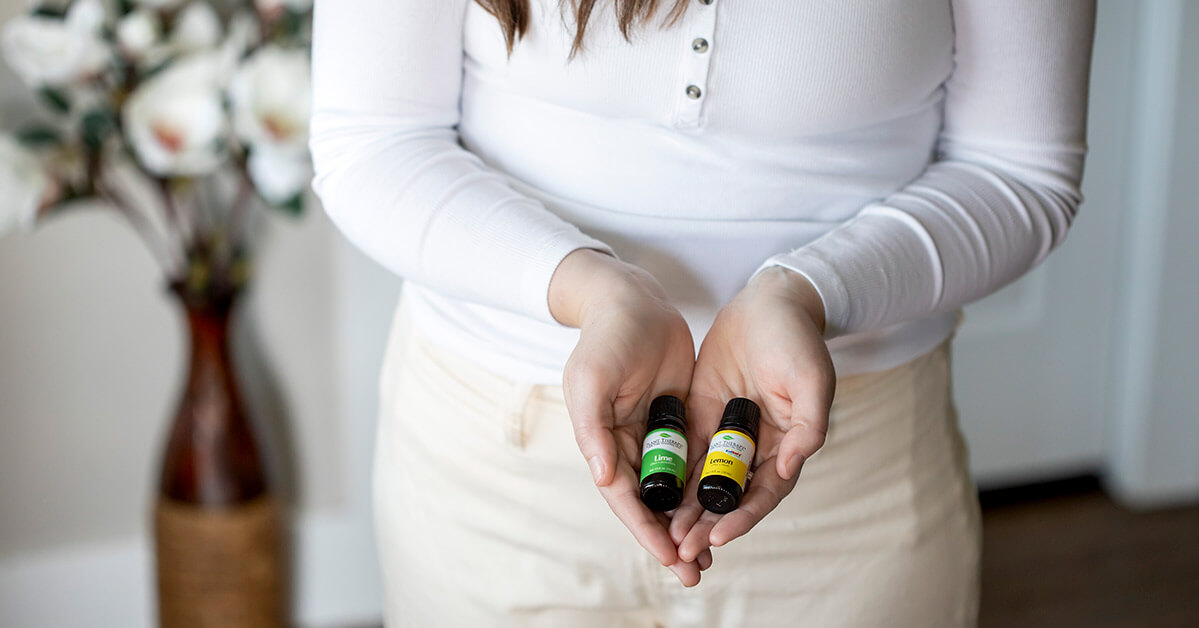
Phototoxicity
There are certain essential oils that intensify the effects of sunlight, causing burns, blisters, and discoloration. Basically, phototoxic oils contain chemical constituents that absorb UV light, store it, and release it into the skin. Because reactions can occur up to 18 hours after using the oil, we need to be mindful after applying phototoxic oils. Use the recommended dilution rates for these oils to avoid a phototoxic reaction.
For more info, and a handy dilution chart click here.
Plant part
Various parts of plants like leaves, peels, roots, and blossoms create oils with different benefits and fragrances. One single type of plant can produce very different oils. Distillations of different portions of the orange tree, for instance, produce Sweet Orange, Neroli, and Petitgrain.

Pregnancy & Nursing Safe
Used topically or diffused, essential oils enter your body and your bloodstream. That means if you’re pregnant or breastfeeding, those oils can affect your little one as well. That’s why Plant Therapy has worked hard to create a Pregnancy & Nursing Safe line of essential oils.
Preservative
Preservatives like Optiphen ND and Germall Plus prevent the growth of mold, bacteria, and fungus in water-based products. Any product that uses water as an ingredient, like lotions, spray cleaners, and foaming hand soaps will need a preservative.
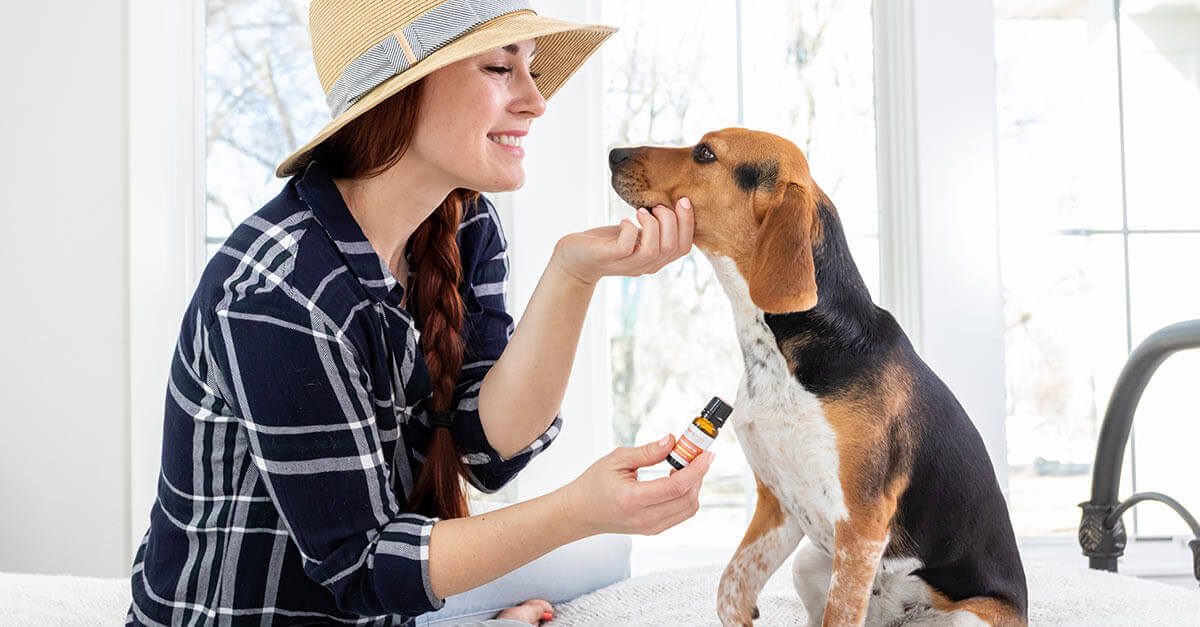
Pup & Pony Approved
Not all essential oils are safe for your pets. That’s why we continue to work hard to find oils and blends that work safely for your fur babies.
Sensitization
Also known as Allergic Contact Dermatitis (ACD), sensitization is an allergic immune response. This usually happens when essential oils are applied undiluted. Signs you should watch for include itchiness, rash, eczema, shortness of breath, or tightness in your chest. This is why it is so very important to follow proper dilution guidelines.
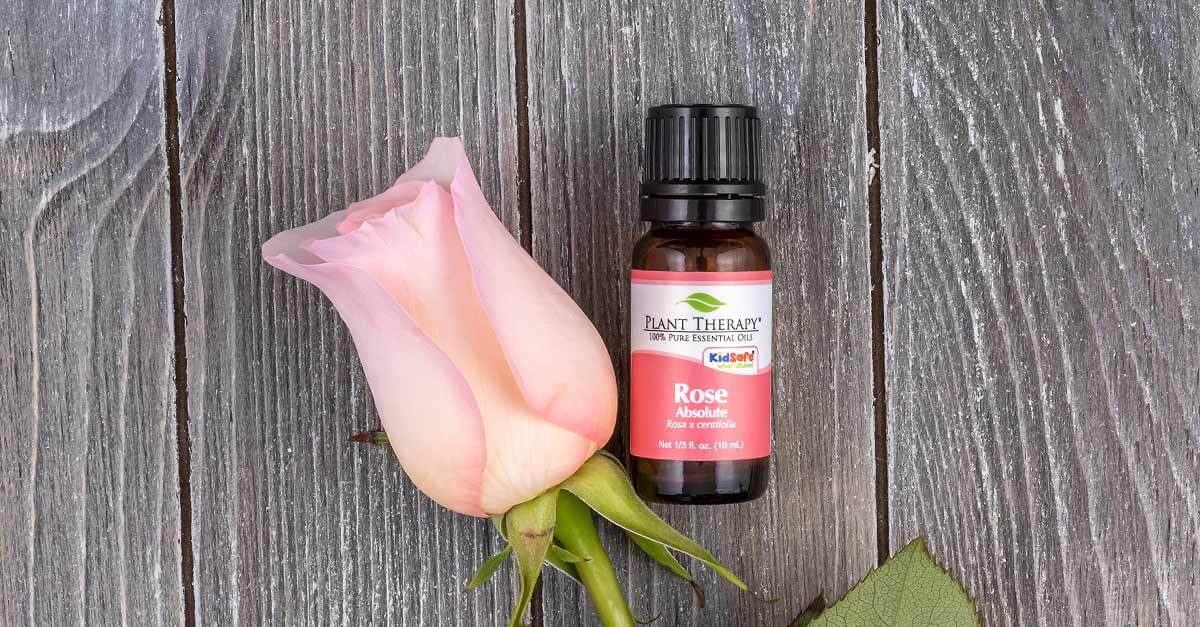
Solvent Extraction
This method of extraction is for parts of plants whose therapeutic compounds would be damaged by traditional steam distillation. Solvent extraction uses chemicals like alcohol to extract the volatile elements. This process produces what we refer to as “absolutes.”
Steam-Distilled
We get the vast majority of our essential oils via steam distillation. Passing steam through plant matter releases the essential oils and transports them into a collection vessel where they float on the surface of the water (hydrosol), then we can separate and bottle them.
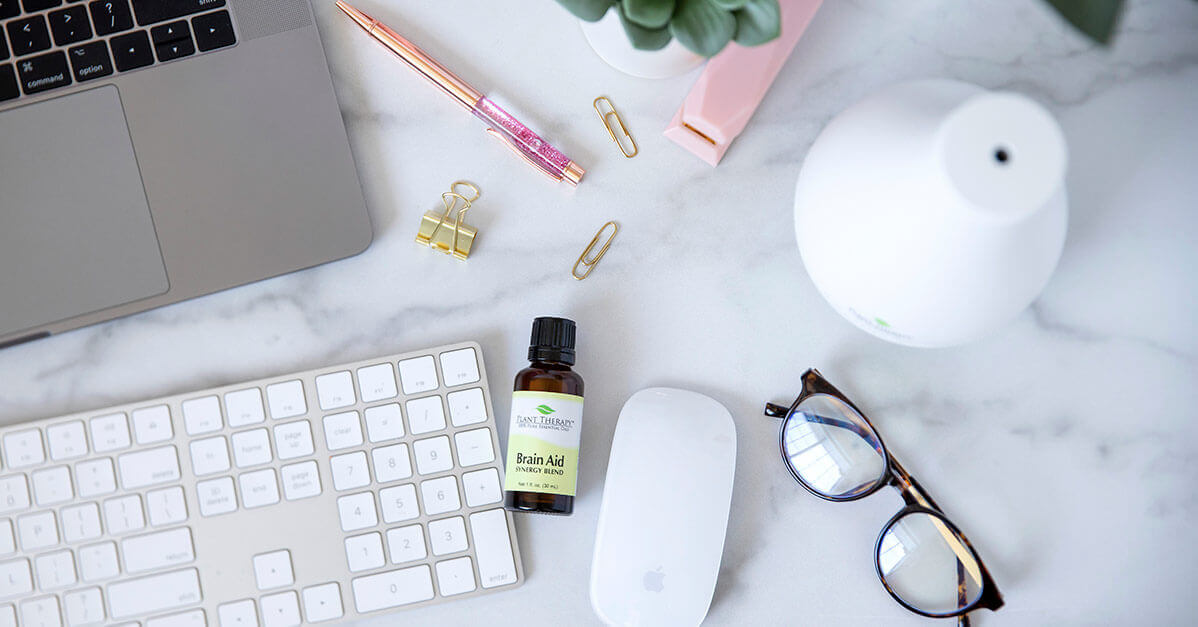
Synergy
When you combine two or more substances, and the resulting performance is greater than the sum of their parts, you get what we call a”synergy”. So when we combine several different essential oils, we are creating a synergistically therapeutic beneficial combination, because the interaction between the chemical constituents leads to something new, and greater than the oils used separately. We’re transitioning to rename some of our synergies to simply “blends”, but that doesn’t mean they’ve lost any of their power.
Therapeutic Grade (aka just a marketing term)
“Therapeutic Grade” is a marketing term that other companies throw around to cast doubt on others’ products. This term is misleading, meaningless, and backed up by absolutely nothing with no certification, research, or testing. It’s 100% make-believe. Instead, look for published test reports (like batch-specific GC/MS reports) that show that there are no additives or fillers in the essential oils.
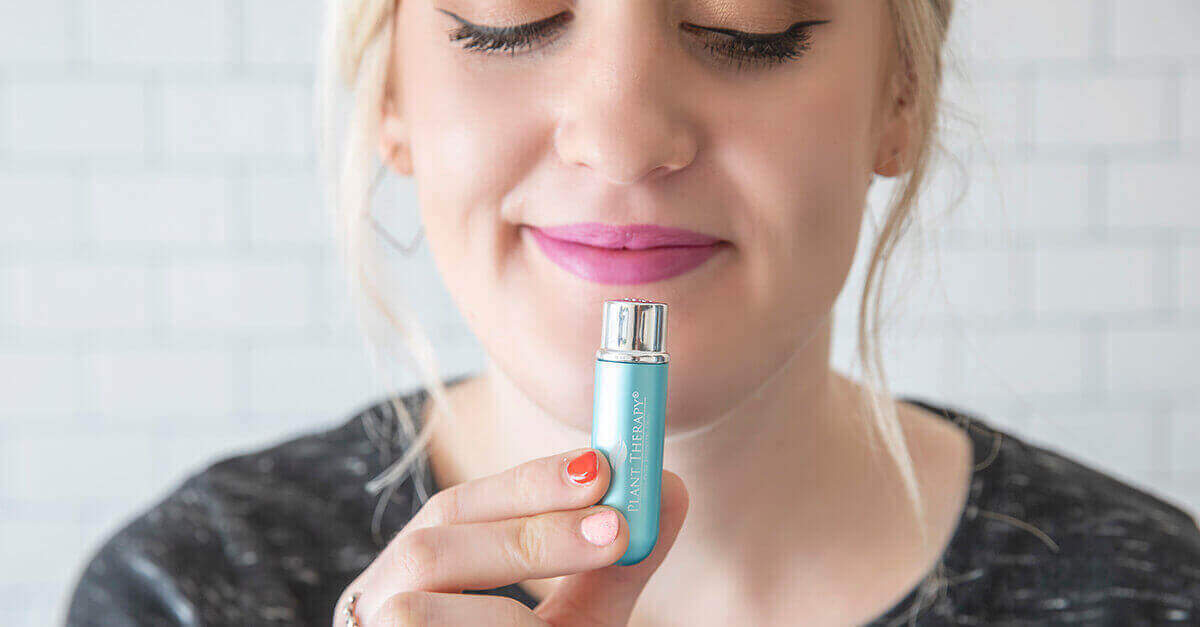
Therapeutic Properties
When we talk about essential oils, we’re usually talking about their aromatic properties (how they smell) or their therapeutic properties (how they interact with the body). When a product has “therapeutic properties,” it means that it contains constituents that are used to treat specific diseases. For example, Eucalyptus Globulus is known to have anti-inflammatory properties, so we would say it has a therapeutic property that supports muscle and joint health.
May 14, 2020 by Plant Therapy
